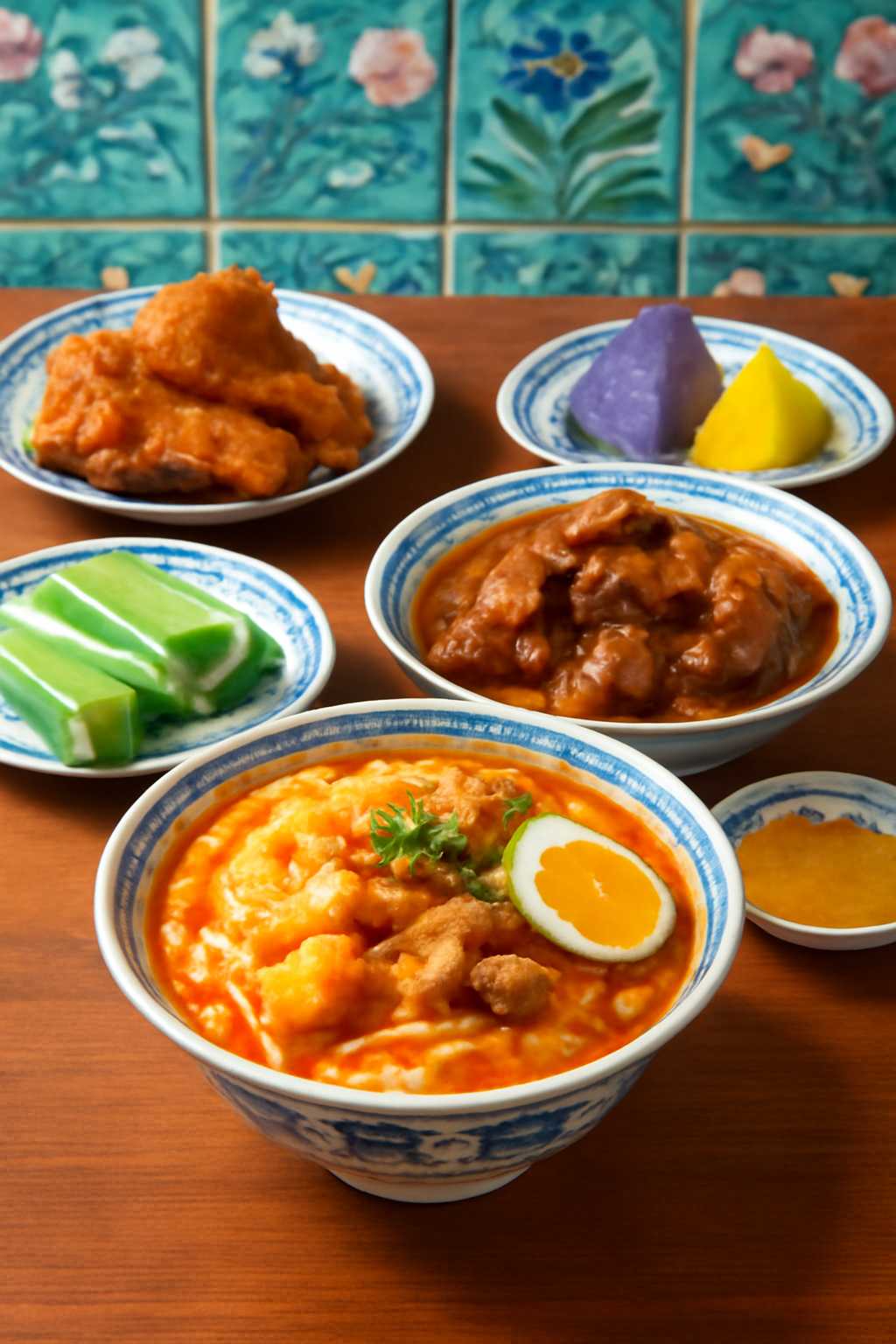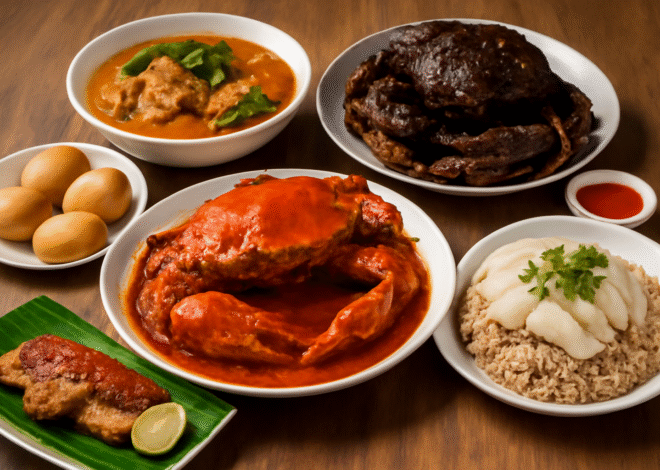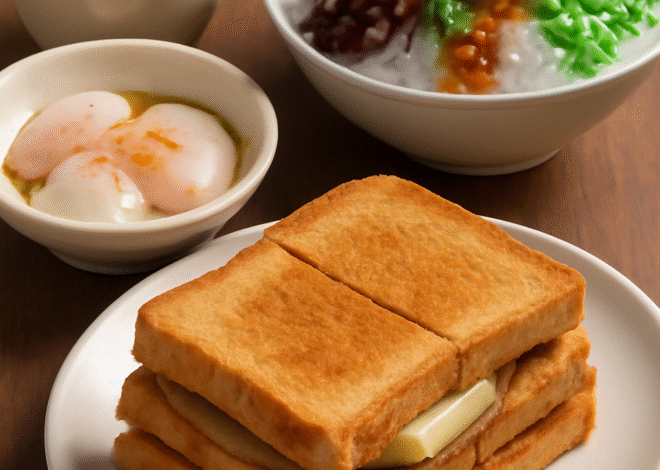
Exploring the Fusion of Malay and Chinese Influences in Peranakan Cuisine of Singapore
Peranakan cuisine, also known as Nyonya cuisine, is one of the most distinctive and fascinating culinary traditions in Singapore, stemming from the harmonious blend of Malay and Chinese influences. This fusion cuisine emerged as a result of the intermarriage between Chinese immigrants, particularly those from the southern regions of China, and local Malays over several centuries. As a result, a new ethnic group known as the Peranakans or Straits Chinese was born, and with them, a unique and rich culinary heritage that continues to shape Singapore’s food culture.
The roots of Peranakan food can be traced back to the 15th and 16th centuries when Chinese merchants and settlers arrived on the Malay Peninsula, including Singapore. These Chinese immigrants brought their culinary practices and ingredients with them, but they also adapted and integrated local Malay flavors and techniques. The result was a vibrant cuisine that married Chinese cooking methods with the bold spices and seasonings of Malay cuisine, producing a rich and aromatic dining experience.
Peranakan dishes are renowned for their complexity, often combining a mixture of sweet, sour, salty, and spicy flavors that come together to create a rich sensory experience. For example, laksa, one of the most famous Peranakan dishes, is a spicy noodle soup with a coconut milk-based broth. The dish combines Chinese noodles with the aromatic richness of Malay spices like turmeric, lemongrass, and chili. Another iconic dish is babi pongteh, a braised pork dish that uses fermented soybeans and a variety of local spices to create a flavorful and comforting stew.
In addition to savory dishes, Peranakan cuisine is also known for its wide range of sweets and desserts. Kueh are bite-sized, colorful delicacies that showcase the use of ingredients like coconut milk, pandan leaves, and mung beans. These treats are typically served at celebratory events and offer a perfect blend of sweetness and texture. Kueh talam, a layered dessert made of pandan-flavored and coconut milk layers, is a favorite among locals and visitors alike.
The essence of Peranakan cuisine lies not only in the ingredients but also in the meticulous cooking techniques. Slow cooking, braising, and stir-frying are commonly used to extract the full depth of flavors, with an emphasis on ensuring that every ingredient harmonizes with the others. The skillful blending of spices and herbs is key to achieving the balance that defines Peranakan food.
Today, Peranakan cuisine is an integral part of Singapore’s food culture, reflecting the country’s multicultural identity. While many traditional recipes are still cherished and passed down through generations, contemporary chefs continue to innovate, creating modern variations while maintaining the essence of Peranakan flavors. For anyone seeking to explore the culinary history and cultural diversity of Singapore, Peranakan food provides a delicious and immersive journey into the island’s heritage.



